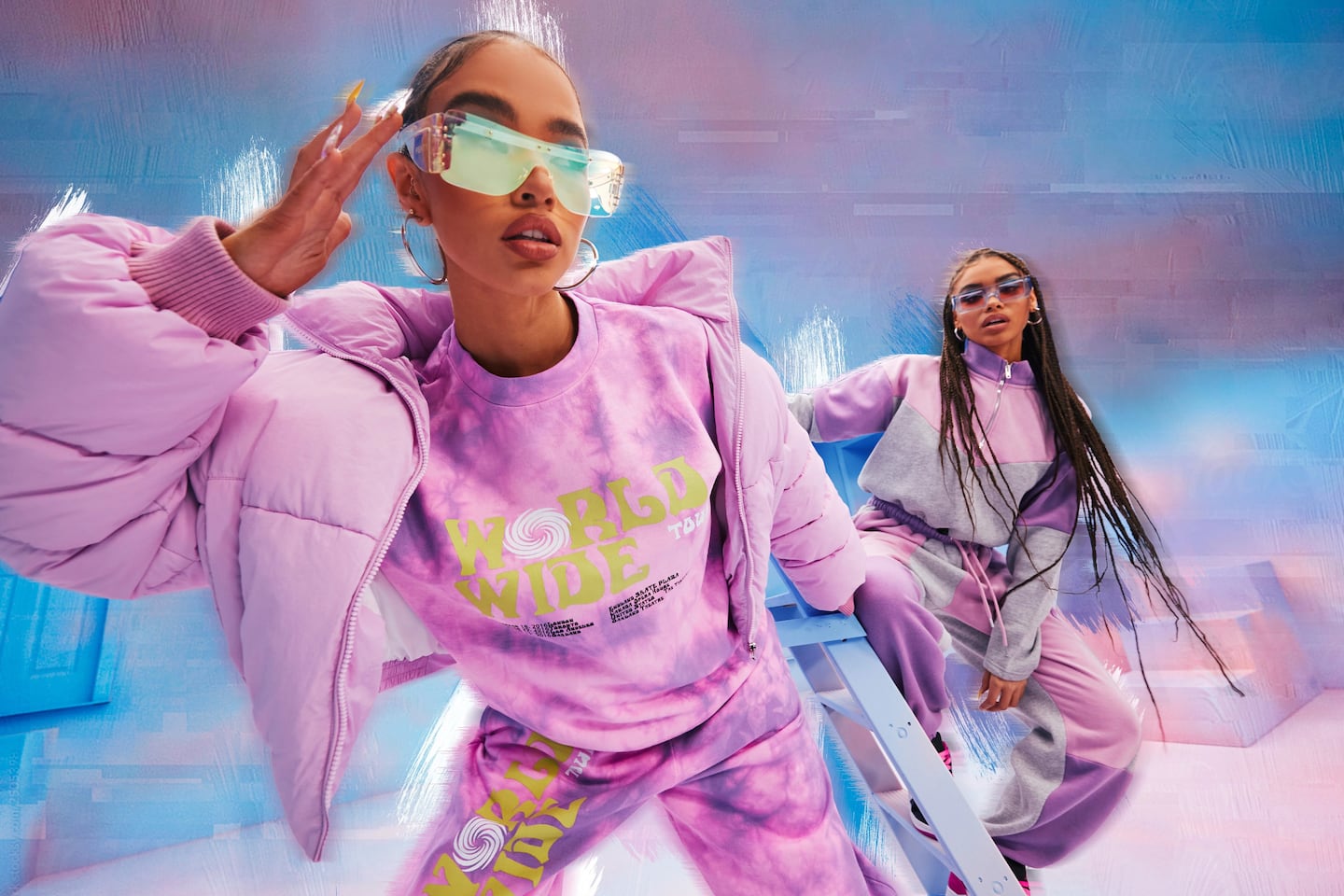
The Business of Fashion
Agenda-setting intelligence, analysis and advice for the global fashion community.

Agenda-setting intelligence, analysis and advice for the global fashion community.

What Inflation?
Inflation should be fast fashion’s kryptonite. Even by the industry’s standards, these brands operate on thin margins and their customers have the least capacity to absorb higher prices. And yet, the category’s biggest players seem to be thriving. Last week, Uniqlo and Inditex both reported booming growth, with the latter reporting surging e-commerce sales and its highest gross margins in a decade. It seems consumers still default to fast fashion as they look to refresh their post-pandemic wardrobes.
The two fast fashion giants reporting results this week have been on shakier ground lately. Boohoo lacks the global clout of Uniqlo or Inditex, and last month warned for a fourth time in a year that sales would disappoint. Scale isn’t a problem at H&M, but the retailer hasn’t recovered from a boycott by some customers in China over the company’s criticism of human rights violations in Xinjiang. The wildcard for all of these companies is Shein, which is still stealing market share, albeit at a slower pace. The private equity-backed giant may have an opportunity to lure more customers as its publicly traded rivals, which face greater pressure to meet quarterly sales and profit targets, raise prices.
The Bottom Line: As the failure of Missguided shows, differentiation matters more than ever, even in fast fashion. If you’re going to charge higher prices, you have to convince customers the clothes are worth it.
ADVERTISEMENT
The Menswear Moment
This week kicks off nearly a month of menswear shows in London, Florence, Milan and Paris. It wasn’t too long ago that the relevance of men’s weeks was being called into question, with some brands opting to include menswear in the collections they showed in February and September rather than stage separate shows in January and July. That trend is now moving in the opposite direction, with brands such as Celine and Gucci showing menswear collections in the coming weeks. The new emphasis on men’s runways reflects strong sales of these collections as shoppable occasions like weddings and travel resume, and as luxury casualwear categories like sneakers and small bags go mainstream, absorbing spending that was previously dedicated to officewear categories like suits and ties. Zegna has built its entire rebranding strategy around this idea. It’s closing out the week at its nature reserve outside Milan.
The Bottom Line: The mainstreaming of the crossbody bag is one example of how runway trends can turn into lucrative merchandising strategies, as it’s given luxury brands a long-desired new market for the all-important accessories category.
The Week Ahead wants to hear from you! Send tips, suggestions, complaints and compliments to brian.baskin@businessoffashion.com.
Join BoF Professional to get access to the exclusive insight and analysis that keeps you ahead of the competition. Subscribe to BoF Professional here.
The British musician will collaborate with the Swiss brand on a collection of training apparel, and will serve as the face of their first collection to be released in August.
Designer brands including Gucci and Anya Hindmarch have been left millions of pounds out of pocket and some customers will not get refunds after the online fashion site collapsed owing more than £210m last month.
Antitrust enforcers said Tapestry’s acquisition of Capri would raise prices on handbags and accessories in the affordable luxury sector, harming consumers.
As a push to maximise sales of its popular Samba model starts to weigh on its desirability, the German sportswear giant is betting on other retro sneaker styles to tap surging demand for the 1980s ‘Terrace’ look. But fashion cycles come and go, cautions Andrea Felsted.